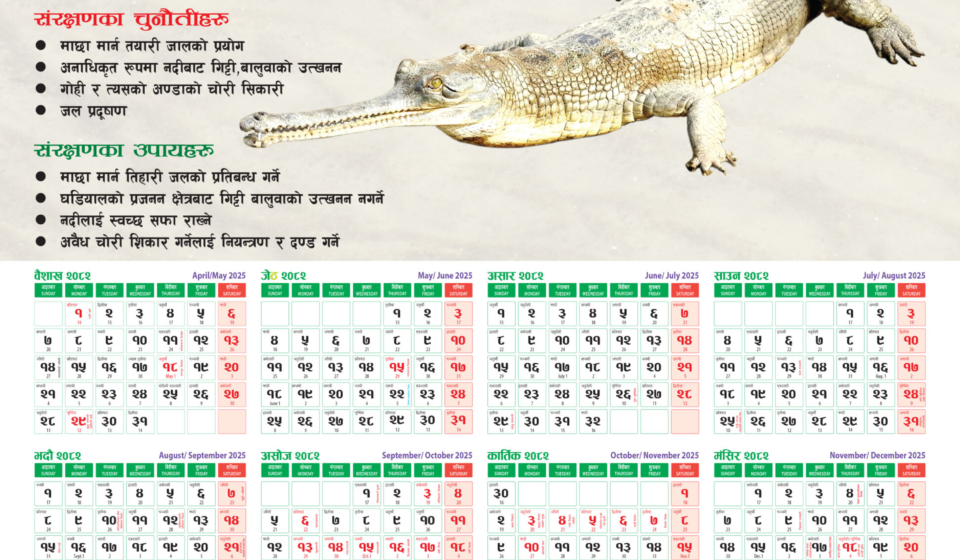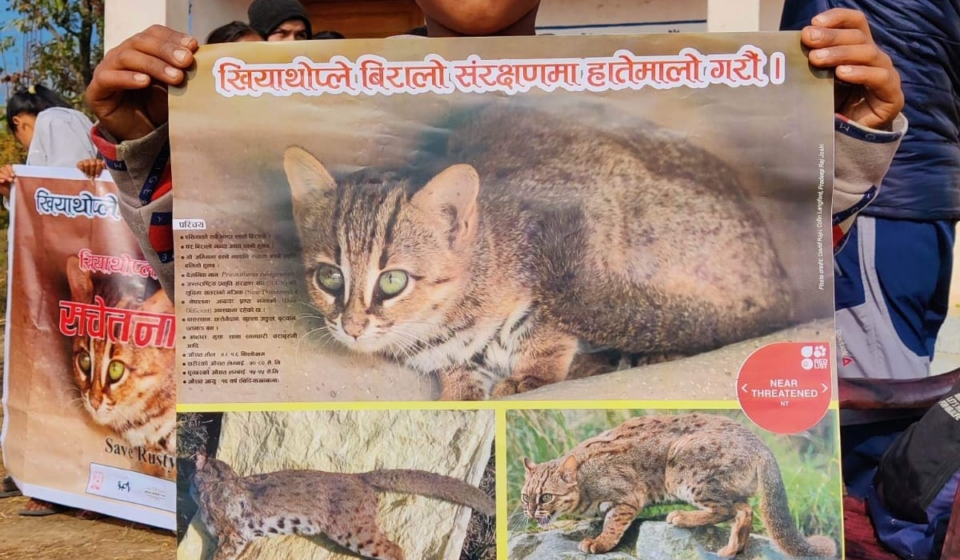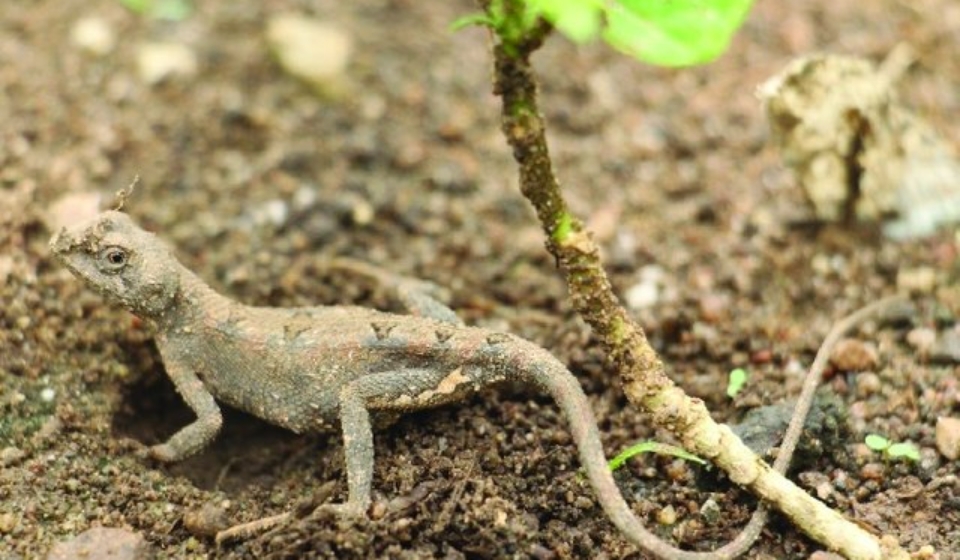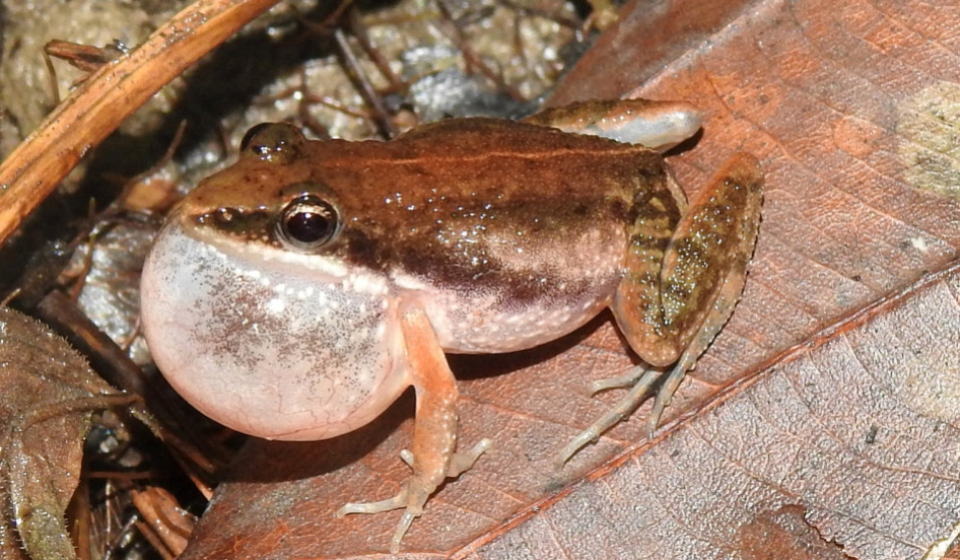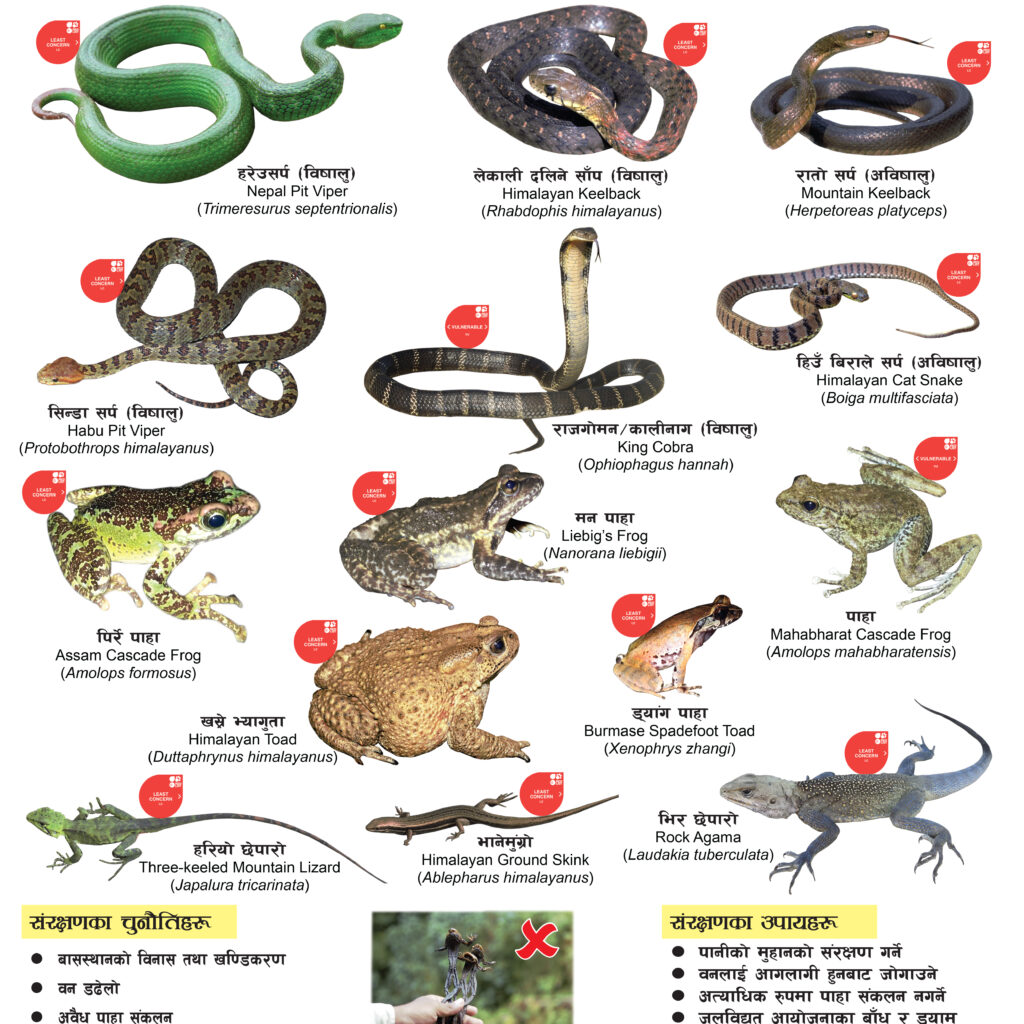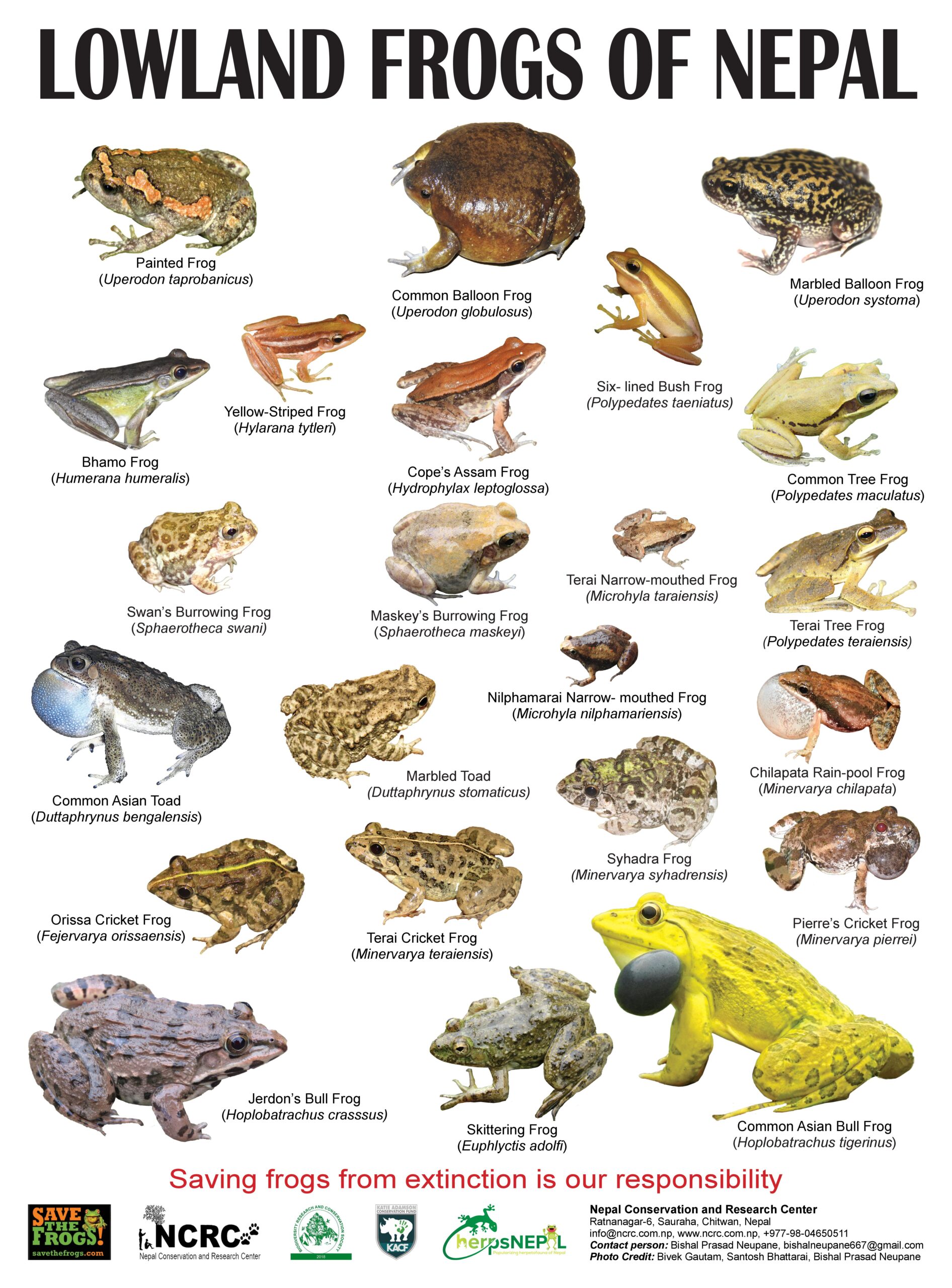
A review of the genus Cyrtodactylus Gray 1827 (Squamata: Gekkonidae) of Nepal with descriptions of three new species
Authors: Santosh Bhattarai, Bivek Gautam, Bishal Prasad Neupane, Akshay Khandekar, Tejas Thackeray, Ishan Agarwal, Frank Tillack, Ashley R. Olson, Fiona Hogan, Wendy Wright
Abstract: We conduct a review of the known species of Cyrtodactylus from Nepal based on type and topotypical material, resulting in the synonymization of one species and description of three additional species from Central Nepal. The five species of Cyrtodactylus from Nepal are members of the Indo-Burma clade and are at least 11.7 % divergent from known congeners based on the mitochondrial ND2 gene. The results show that C. nepalensis and one of the new species are allied to the C. fasciolatus group while the other two new species and C. martinstolli are members of the mountain subclade within the khasiensis group. The new species can be readily distinguished from congeners in the Himalaya by a combination of body size, meristic characters including number of dorsal tubercle rows and mid ventral scales across the belly, the number and arrangement of pores in males and females, and subcaudal condition.
Journal: Zootaxa
Paper link: Full paper link



